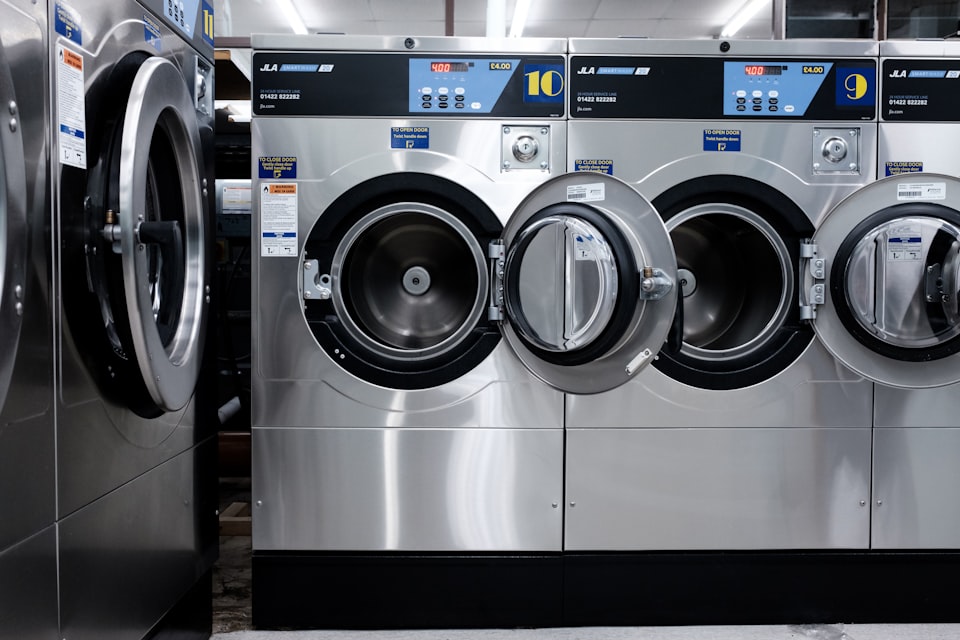In his brilliant work, Understanding Comics, Scott McCloud uses a set of panels that discuss how the human brain can create a face from very little input: just two dots and a line.

According to McCloud, we do this because we want to see ourselves in the world, and to see a face is to see ourselves. McCloud argues that this is the appeal of comics: we place ourselves inside the panels because the art form is rough and inexact, not photo-realistic. The more lifelike an artist draws a face, the less likely we are to see ourselves, and the more likely we are to reject it.

I got to thinking about this excerpt from the book a few weeks ago as I was talking with a colleague about the kinds of products being produced by IoT platform providers. We seem to have decided as an industry that what everyone needs is a finished solution in a fancy box that they can just deploy and rake in the ROI. Once that pesky multi-year contract expires, of course.
But is it true?
Is the only thing standing between the current state and the promise of a Cambrian explosion of IoT a set of $200+ gold-plated devices with an expansion port ecosystem, a branded enclosure, and a monthly, per-device platform fee?
I don’t believe so.
It’s been my experience that most IoT solution builders aren’t looking for a finished product. What they are looking for is to get started down the right path. And much like it’s hard to see ourselves in a too-realistic face, I’m convinced that customers cannot see their solution in a too-finished product. Even if they are wooed by the bells, whistles, slick explainer video and a hand-wavy rebrand, every single customer that I have ever talked to about a finished product will say some variation of, “it’s great, but for my solution, can it just…” and ask for a modification, or addition, or whether you’d consider producing a pared-down version that has 80% of the features at 20% of the cost.
The path to solving complexity in the IoT space is not through guardrails that cut off choice. It’s not through “I know what you asked for, but this is what you really need” holier-than-thou Product Management.
It’s also not through the dev kit. The venerable dev kit is the “two dots and a line” face of the IoT world. It’s generic enough that you could build anything with it. The problem is, many builders struggle to see their thing in it.

With a dev kit, the conversation I have with customers usually goes something like this:
Developer: This looks cool, what can I build with it?
Me: Anything you want!
Developer: So, I can use it to [their use case]?
Me: yes!
Developer: Great, how?
Me: 1) Check out our docs 2) Build your solution 3) Profit!
Developer: …
The solution, as is often the case when presented with two extremes, is something in the middle. Not a gold plated box, or a dev kit, but something else. It’s not even any one thing, but a collection of things that meet builders where they are.
This is the power of samples, examples, and developer-focused content in the IoT space. They are accelerators. Oftentimes, the thing missing for a developer is the next step after a quick start. Something that says “we’ve shown you how to use our device, now here’s how to use it to solve your problem.” That says “yes, you can build a tracker with our platform, here’s a guide to connect the dots.”
These accelerators are the way we go beyond two dots and a line stick figure illustration and into lines and contours in which a customer can see their solution. They don’t tread the line into the finished and photo-realistic. They provide something that a developer can start with and build from: a kit, some sensors, and maybe an enclosure. But also sample code and guides, and even a command center dashboard app they can customize and extend. Sometimes they only need this to pressure test your solution and see how the pieces fit together. Other times they’d use what you’ve created to build a POC, deploy and pilot and start scaling.
In either case, it’s when we meet customers closer to the start of their solution, and not overstep into a finished product, that they can accelerate.





